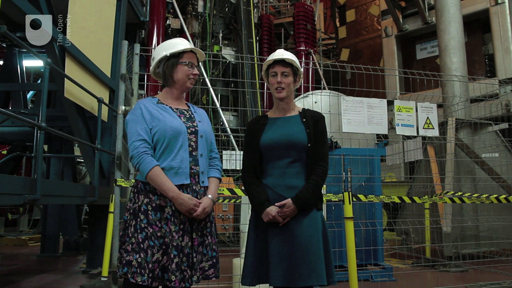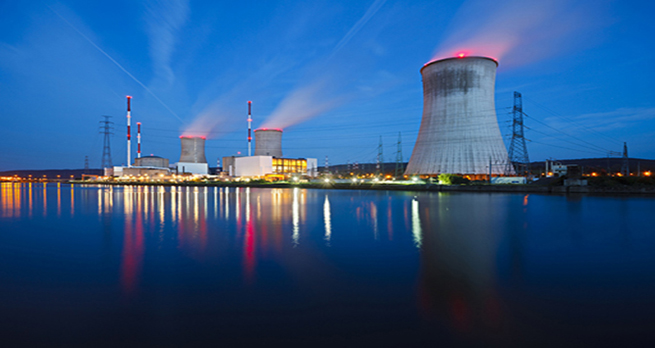Week 3: Is nuclear power safe?
Introduction
In the following video, Sam and Gemma discuss the safety of nuclear power.
Download this video clip.Video player: ou_futurelearn_nuclear_energy_vid_1052.mp4


Transcript
SAM SMIDT
Did you know that every year, 100 people on average die in Russia from icicles falling on them, and 450 people on average die every year in the United States from falling out of bed?
GEMMA WARRINER
That sounds pretty random, but we are looking at risk in the context of nuclear energy this week, because nuclear energy's considered pretty dangerous, right?
SAM SMIDT
Well, actually the answer to that's quite complicated. Of course, any accident in a nuclear reactor is very serious, but they're also very rare, and impossible in a nuclear fusion reactor like JET. This week we'll look at four examples where accidents have happened, and look at two of them in more detail. The first of these is Chernobyl, in what was then the Soviet Union in 1986, and the second is the incident at Fukushima in Japan in 2011.
For each example we'll look in more detail at what happened, to what extent the accident might have been avoided, and what happened in the aftermath.
GEMMA WARRINER
Now, we want you to go on a trip to Chernobyl, but the budget wouldn't allow for it. It's a really interesting place, and the absence of humans in the exclusion zone has allowed wildlife to flourish there. In November 2014, brown bears were seen there for the first time in 100 years.
Interactive feature not available in single page view (see it in standard view).
Next, you will find out about the excitement at the start of the nuclear industry.
